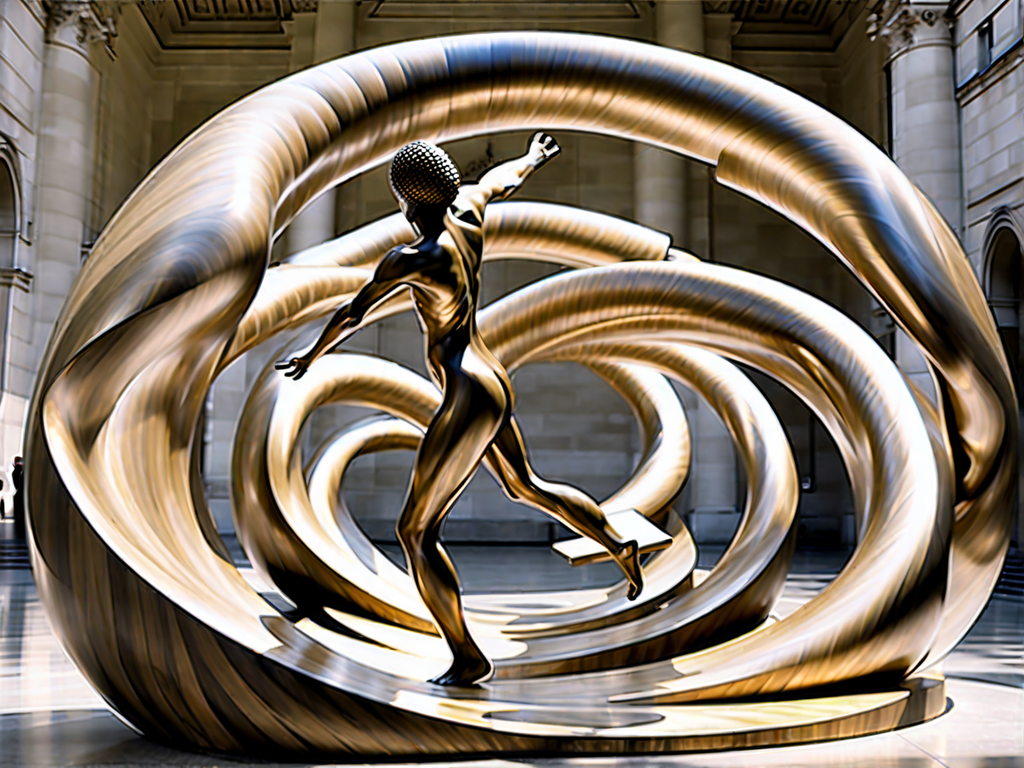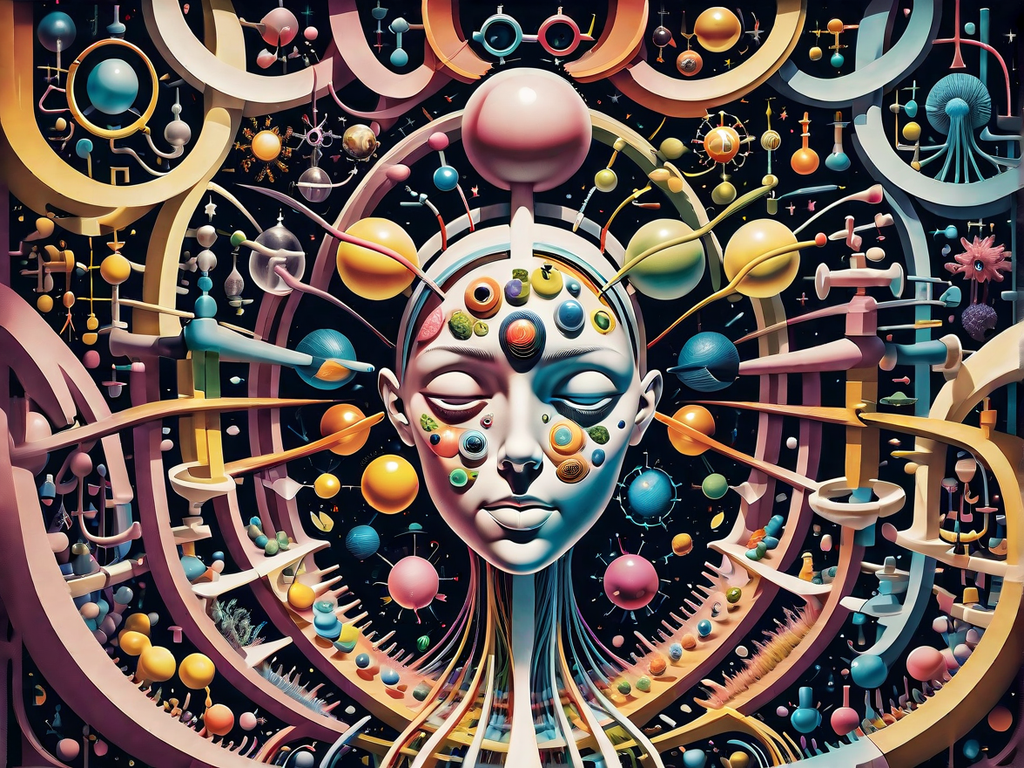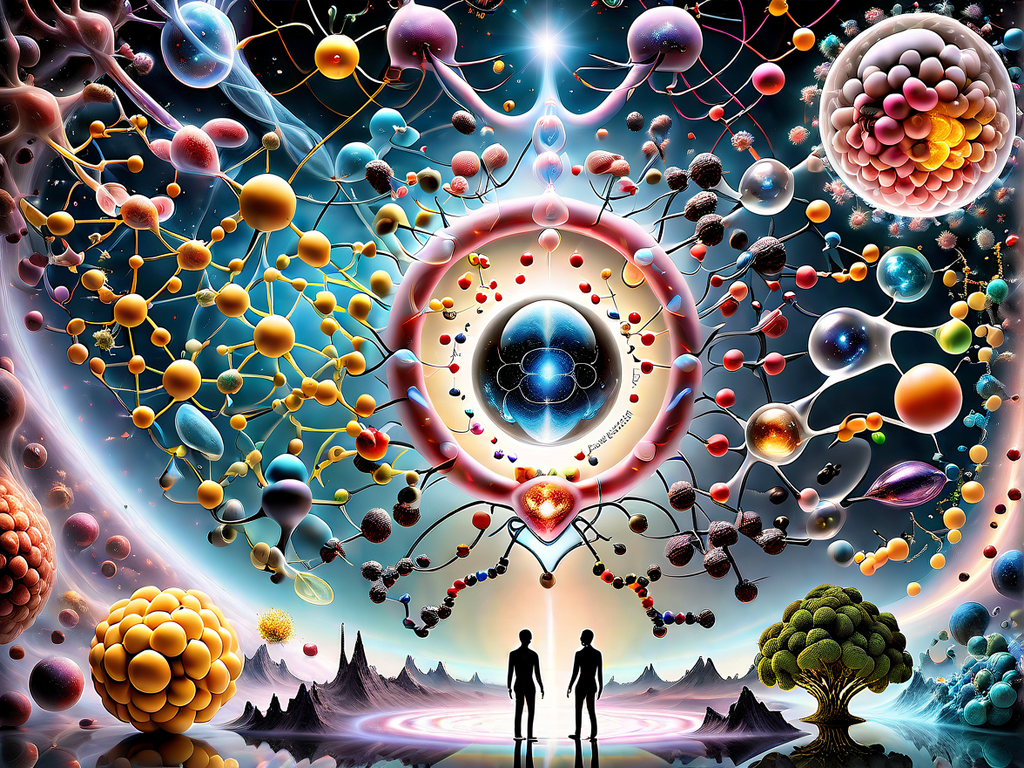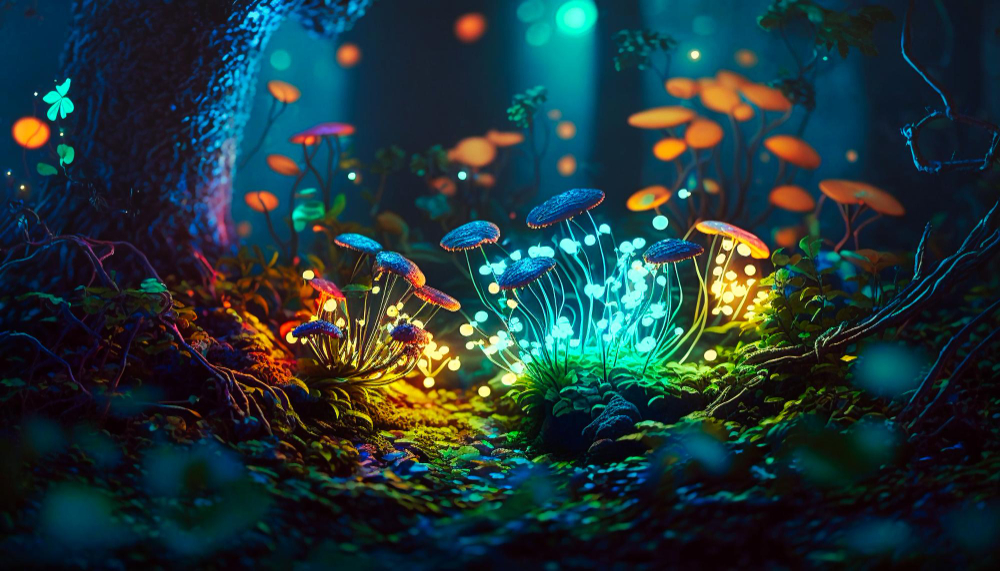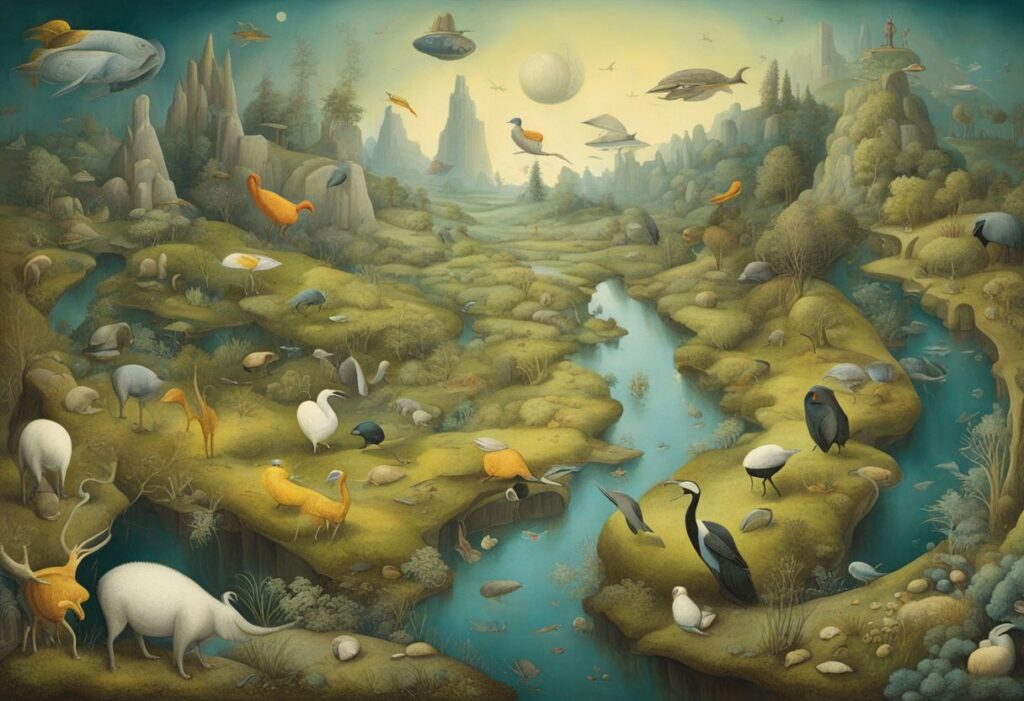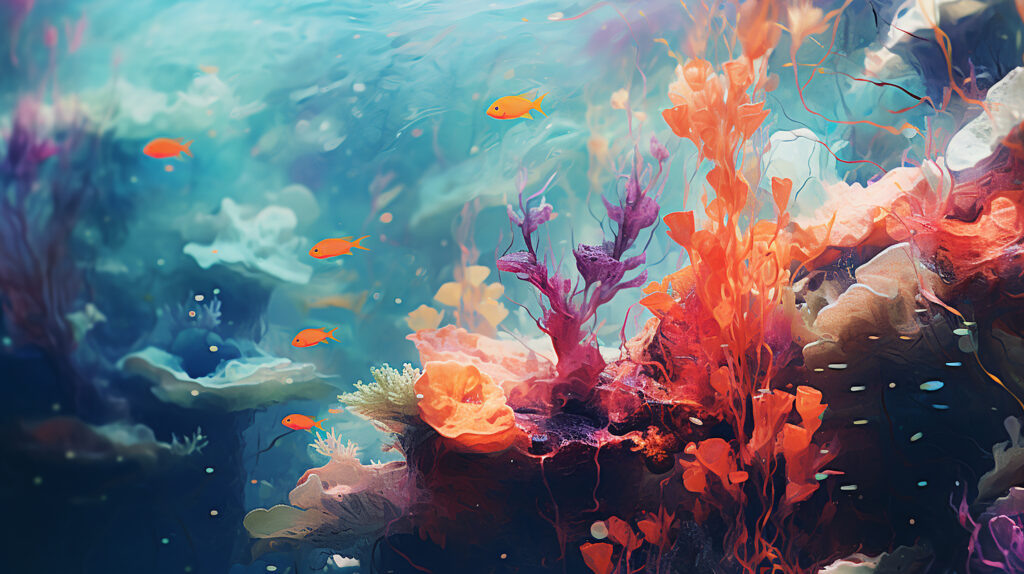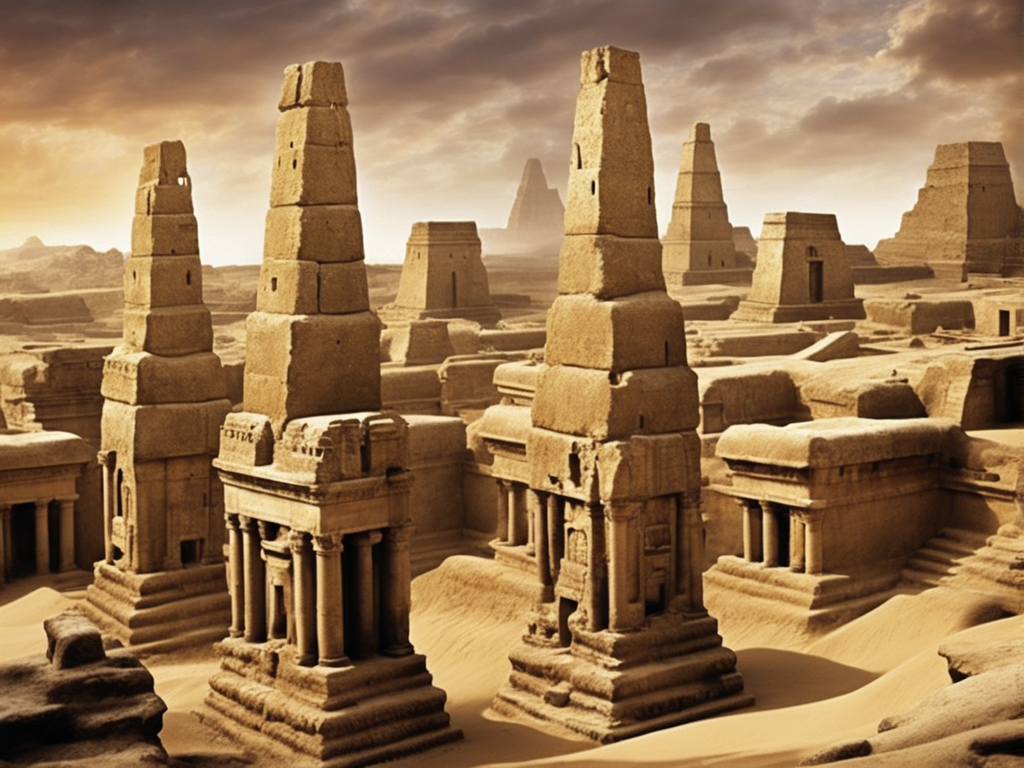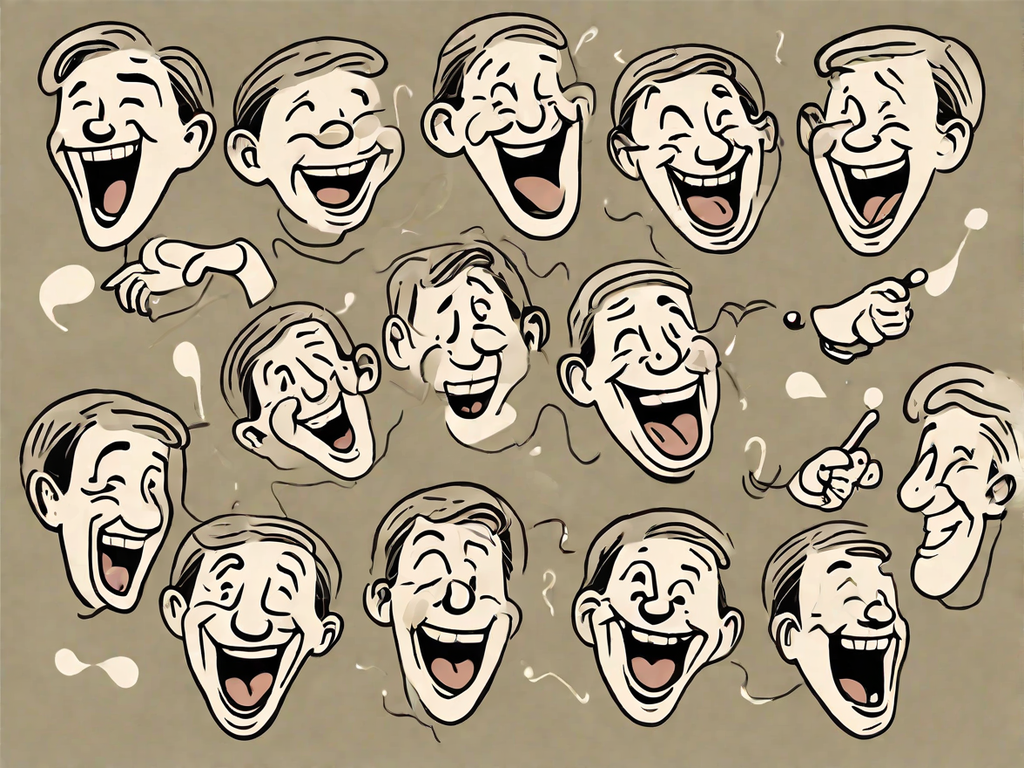Art has been a medium of expression for humanity throughout history, and beneath the brushstrokes and colors lie hidden messages and narratives that invite us to delve deeper into the artwork. From the enigmatic smiles of the Mona Lisa to the cryptic symbols in Hieronymus Bosch’s “The Garden of Earthly Delights,” art is a canvas for secrets waiting to be uncovered. In this deep dive, we will embark on a journey to explore the world of hidden messages in art, revealing the captivating stories that paintings carry and leaving you with thoughts to ponder about the layers of meaning waiting to be discovered.
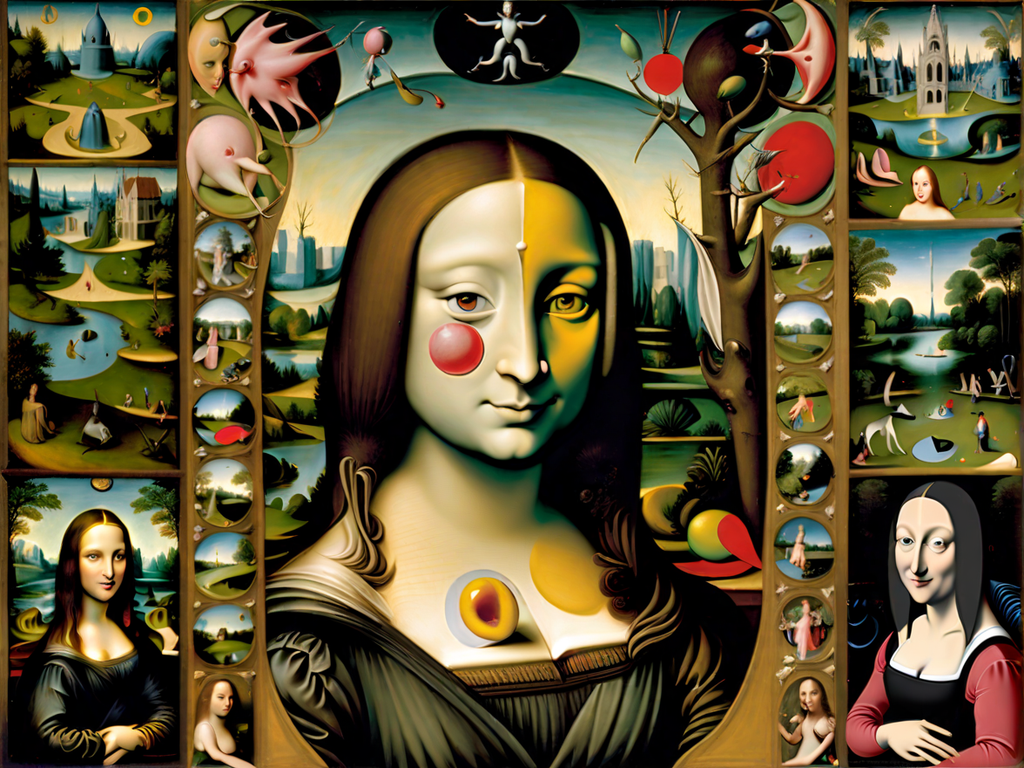
The Mona Lisa’s Mysterious Smile
Perhaps the most famous painting in the world, the Mona Lisa, conceals a secret that has puzzled art enthusiasts for centuries: her enigmatic smile. Leonardo da Vinci’s technique of sfumato, the delicate blending of colors and tones, creates an illusion of ever-shifting emotions, making the Mona Lisa’s expression perpetually elusive and intriguing.
Subtle Symbolism in Hieronymus Bosch’s Work
Hieronymus Bosch, a Dutch painter from the late medieval period, is renowned for his intricate and cryptic paintings. “The Garden of Earthly Delights” is a prime example of his work, filled with bizarre and fantastical imagery. It’s believed to carry moral and religious messages, inviting viewers to contemplate themes of sin, temptation, and redemption.
Hidden Codes in the Art of Da Vinci
Leonardo da Vinci was not only a master painter but also a polymath with a penchant for incorporating hidden codes and symbols into his art. His famous works, such as “The Last Supper,” are said to contain hidden messages, like musical notation and mathematical proportions. Da Vinci’s ability to seamlessly blend art and science is a testament to his genius.
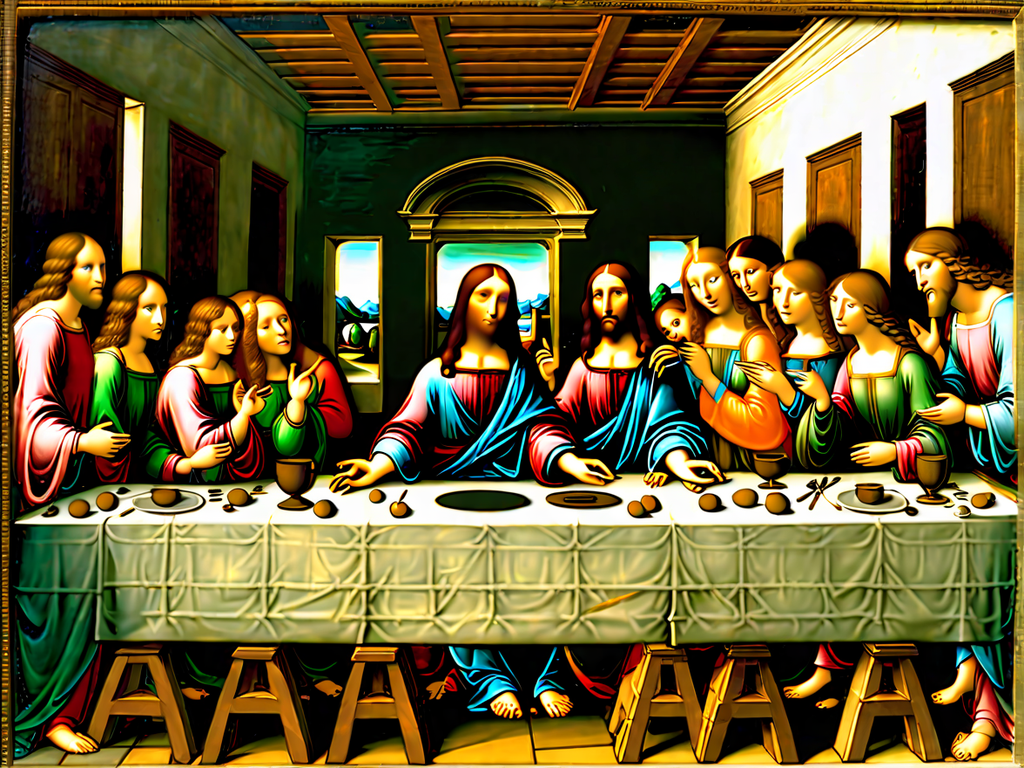
Michelangelo’s Hidden Figures in the Sistine Chapel
Michelangelo’s iconic Sistine Chapel ceiling frescoes tell the story of creation and humanity’s relationship with the divine. But hidden within the artwork are anatomically precise depictions of the human brain, which went unnoticed for centuries. This concealed knowledge of human anatomy within a religious masterpiece is a testament to the intersection of art and science.
The Double Meanings of Jan van Eyck
Jan van Eyck, a Northern Renaissance artist, was known for his meticulous attention to detail and symbolism in his works. “The Arnolfini Portrait” is a prime example of his artistry, with a convex mirror in the background reflecting a couple, two other figures, and van Eyck himself. The mirror may be a symbol of the eye of God, a witness to the marriage, adding layers of meaning to the painting.
Botticelli’s The Birth of Venus
“The Birth of Venus” by Sandro Botticelli is a masterpiece of the Italian Renaissance, but its composition and symbolism reveal a hidden message. The painting’s references to ancient mythology and the use of Neoplatonism suggest that it may carry spiritual and philosophical messages, underscoring the Renaissance’s fascination with classical antiquity.
Reflecting on Art and Secrets
As we conclude our exploration of hidden messages in art, we invite you to share your thoughts and reflections. How do these concealed narratives enhance your appreciation of these famous paintings? What other hidden messages in art have you come across that continue to intrigue you? Let’s engage in a discussion that dives into the layers of meaning in art and encourages us to uncover the secrets that enrich our understanding of these masterpieces.









